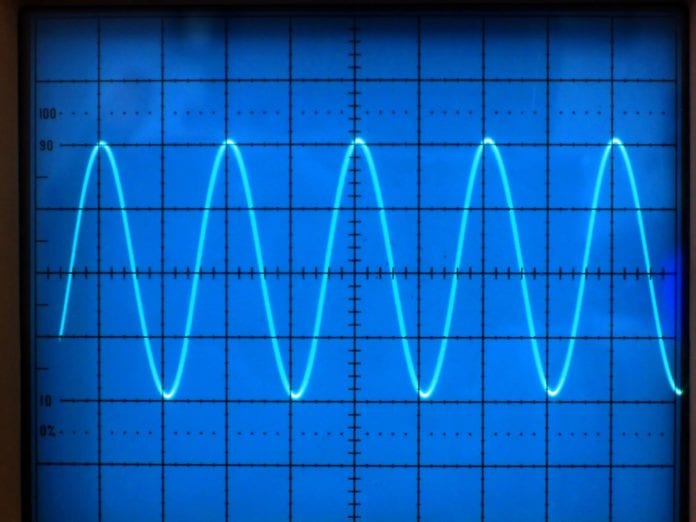Testing for 5G devices means navigating a new list of requirements in order to ensure devices’ functionality, get them certified and bring them to market on mobile operators’ emerging 5G networks.
Enabling devices at millimeter wave frequencies, also known as Frequency Range 2 (FR2), has additional complexity in the test arena because of the need for more over-the-air testing than has been required in the past.
At Mobile World Congress 2019, Rohde & Schwarz showcased its TS8980-FTA3 RF Conformance Test System, and ATS 1800C test chamber, with all the bells and whistles – or more specifically, all the antennas and phantom hands – necessary for 5G FR2 device OTA testing. The set-up included R&S’ CMX500 to provide an emulated 5G network and its CMW500 for LTE signaling. Bryan Helmick, product manager with Rohde & Schwarz, said that the test system enables testing of RF conformance for 3GPP and RRN single angle of arrival, as well as CTIA’s antenna performance testing at millimeter wave.
The system can be seen running a test in the video below and has a swing positioner to support azimuth and vertical measurements, to get the full three-dimensional patterns required for total radiated power and CTIA’s antenna performance testing, Helmick said. The chamber is about the size of a refrigerator and has wheels for portability. It can test devices up to 40 cm by 40 cm and 7 kg, Helmick said, and can be outfitted with a variety of accessories, including various antennas and phantom heads and hands.
“We can cover pretty much anything you need to test for FR2 with this test system,” Helmick said. Get a glimpse inside the test chamber and more details in the full interview below.
Elsewhere in the realm of 5G OTA testing, Guenter Pfeifer, market segment manager for wireless communications at Rohde & Schwarz, delved into R&S’ OTA demonstration for 5G New Radio millimeter wave signaling. That demo also highlighted the CMX500, as well as the R&S ATS800R rack chamber with remote radio heads on the chamber supporting FR2 frequency bands.
As Pfeifer explained, testers may not know exactly where a given device’s 5G antennas as located, so the entire device needs to be entirely covered with a quiet zone in order to acquire reproducible test results. That would typically require a very large – and very expensive – test chamber, but Rohde & Schwarz has solved that engineering problem with a reflector that establishes a generously-sized quiet zone in a compact antenna test range that doesn’t take up much floor space.
“You don’t need to worry too much about the exact position of [the device], because we now have a big quiet zone and we can do reproducible RF parametric testing in this very, very easily,” Pfeifer said.
See the test set-up and listen to more detail from Pfeifer in the video below:

